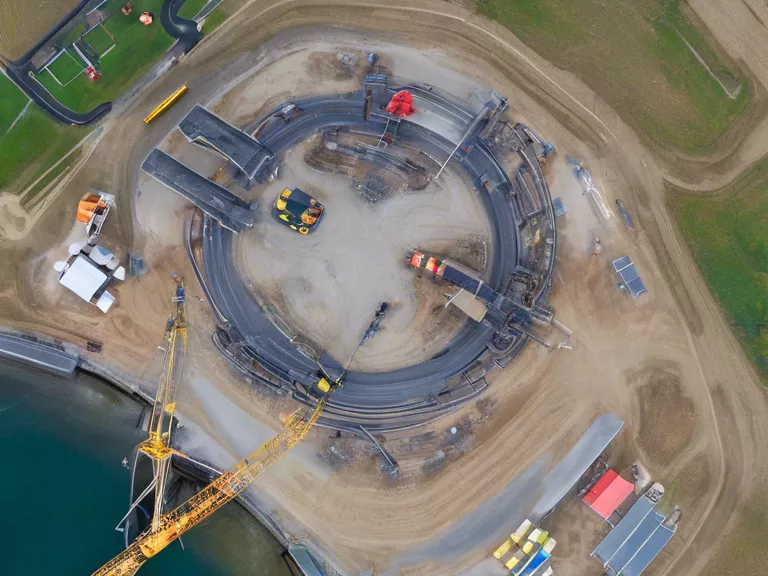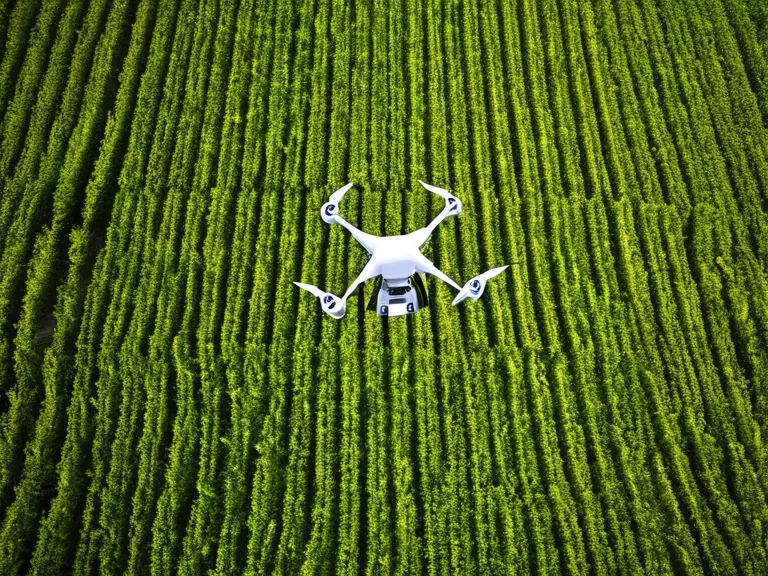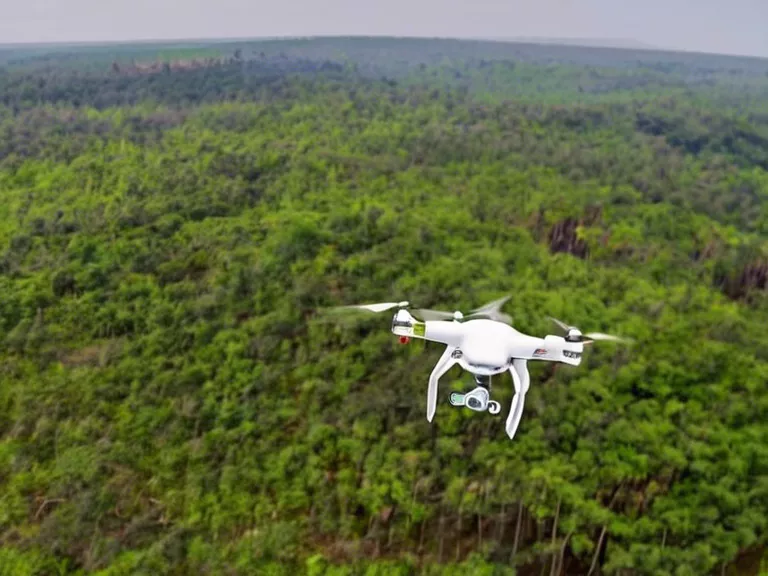
Drone mapping has revolutionized the way construction and infrastructure projects are planned and executed. By using drones to capture high-resolution images and data, professionals in these industries can create accurate maps and models that help streamline processes and improve efficiency. If you're looking to learn drone mapping for construction and infrastructure, here are some top tips to get you started:
Get the right equipment: To effectively learn drone mapping, you'll need a reliable drone with a high-quality camera and GPS capabilities. Make sure your drone is compatible with mapping software and has a decent flight time to cover large areas.
Understand the basics of drone operation: Before diving into mapping, familiarize yourself with how to operate a drone safely and efficiently. Practice flying in different conditions and learn how to capture clear and stable images.
Learn how to use mapping software: There are several mapping software options available, such as Pix4D and DroneDeploy. Take the time to study how to use these tools to process images, create maps, and generate 3D models.
Educate yourself on mapping techniques: Drone mapping involves capturing images from different angles and altitudes to create detailed maps. Learn about flight planning, image overlap, and ground control points to ensure accurate results.
Stay updated on regulations and best practices: As with any technology, drone mapping is subject to regulations set by aviation authorities. Make sure you are aware of the rules and guidelines in your area and follow best practices for safe and legal drone operation.
By following these tips, you can start your journey towards mastering drone mapping for construction and infrastructure projects. With practice and dedication, you can become proficient in using drones to create precise maps and models that benefit your industry.



